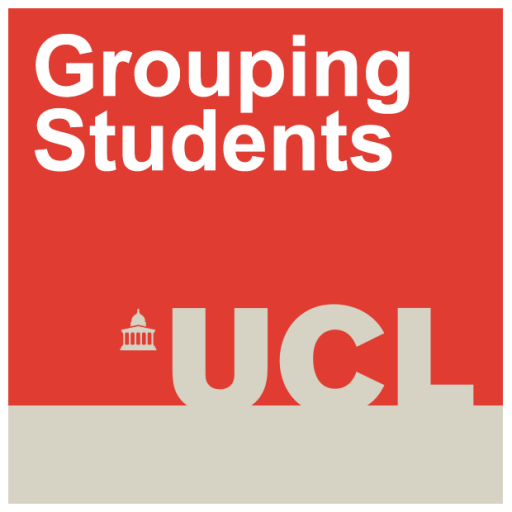International perspectives on ability grouping
By qtnvarl, on 24 May 2017
– Dr Anna Mazenod

The Best Practice in Grouping Students project team were delighted to be amongst the winning applicants for funding from UCL’s ‘Global Engagement Fund‘ 2017-18. Research Associate Dr Anna Mazenod arranged and chaired earlier this month a half-day international symposium on ability grouping with the funding. We were pleased to see so many national and international colleagues take part in the discussions on ‘ability’ and attainment grouping practices. Speakers included our Project Director Professor Becky Francis and Project Co-Investigator Professor Louise Archer who were joined by Professor Pascal Bressoux (Université Grenoble Alpes), Professor Piia Seppänen (University of Turku) and Dr Sonja Kosunen (University of Helsinki) to present a comparative perspective on English secondary schools from Finland and France.

Our Finnish colleagues Piia and Sonja explained to us how ability groupings operate indirectly in the Finnish education system. Mixed-attainment classes are the norm and the practice of grouping by ‘ability’ has been formally abolished. In some urban areas where school choice has been introduced students can however apply to attend selective secondary school classes that emphasise e.g. maths, languages, music or sports more than in the core curriculum. In the Finnish city of Turku, 37% of 13-year olds for example attend a selective class. Student selection for these classes is undertaken through subject-specific aptitude tests. Many schools then apply the groups generated from these selective subject classes across the whole timetable. Thus groupings generated from admission to selective classes can lead to de facto ‘ability’ streams within some schools.
We learnt that in France mixed-attainment classes are also the norm for students up to the age of 16. Tracking is introduced aged 16 with students either pursuing education in academic-track institutions or vocational-track institutions. Formally the education system is meant to be all about Equalité (equality) yet empirical research has identified that this is not realised in schools in practice. Teachers for example feel ill-equipped or resourced to deal with low attaining students in their mixed-attainment classrooms, and some have called for tracking to be introduced pre-16 to reduce the degree of heterogeneity within classes.
Common themes across research undertaken in each of the three countries point to the potentially stigmatizing impact of grouping practices on learners. This is particularly concerning where student placement into specific ‘ability’ or attainment groupings is influenced by factors other than those strictly pertaining to the subject-specific ‘ability’ or attainment. An example is the practice of streaming, whereby a student is allocated to an ‘ability’ group for all their classes based on their attainment in only one subject, e.g. maths or sports.
We hope to continue these discussions with our international colleagues as it is clear that the research agenda on ‘ability’ and attainment grouping practices is relevant across Europe, and beyond.
 Close
Close



